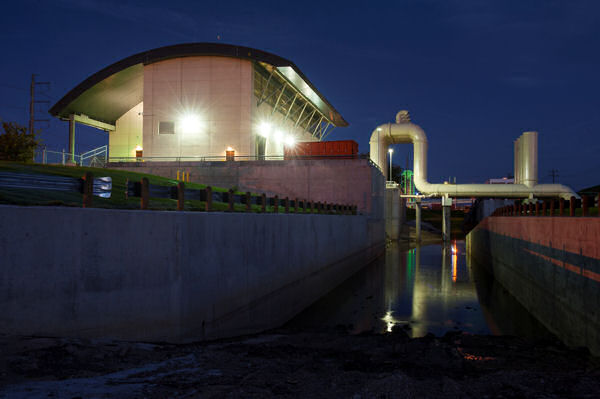In June, the Electric Power Research Institute (EPRI) had to shelve the first-ever public auction of water quality trading credits due to a lack of bidders. By installing best management practices, farmers in Kentucky, Ohio, and Indiana generated 90,000 credits as part of EPRI’s pilot, interstate Ohio River Basin Water Quality Trading project. Currently, however, these credits cannot be sold to meet Clean Water Act requirements. They can only be used to meet corporate sustainability goals or for supplemental environmental projects. While the auction has been shelved for now, those interested in purchasing stewardship credits can still do so by contacting EPRI.
The U.S. Environmental Protection Agency, U.S. Department of Agriculture (USDA), and others continue to support water quality trading. USDA writes in a blog that “water quality trading can help communities develop innovative, practical solutions for improving water quality, while generating environmental benefits at lower cost and increasing investment in rural America.”
However, the difficulty is that water quality trading markets are driven by compliance; without a regulatory driver, markets are voluntary and small in size. The importance of establishing or identifying regulatory instruments was highlighted in a June report by the National Network on Water Quality Trading.
Launched in 2013, the network was established to solve challenges associated with establishing water quality markets. The group dialogue has evolved into an 11-step guidance document for those interested in establishing a program. The report, “Building a Water Quality Trading Program: Options and Considerations,” provides a reference on common elements and decisions inherent in water quality trading program design, especially point-nonpoint programs.
Meanwhile, the Water Environment Federation also released on July 1 a 342-page guide for implementing and using water quality trading for regulatory compliance purposes. In the book, Advances in Water Quality Trading as a Flexible Compliance Tool, topics such as current legal and regulatory challenges, in-depth case studies, and future applications are discussed in detail. The book also includes a chapter on the future of water quality trading covering stormwater and watershed issues.




